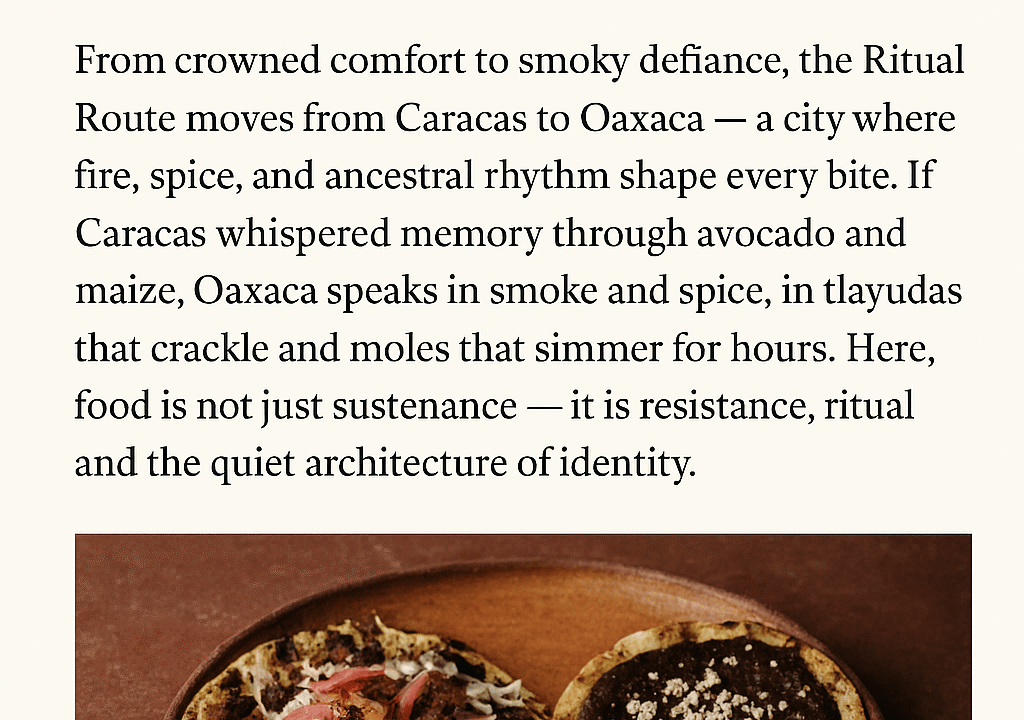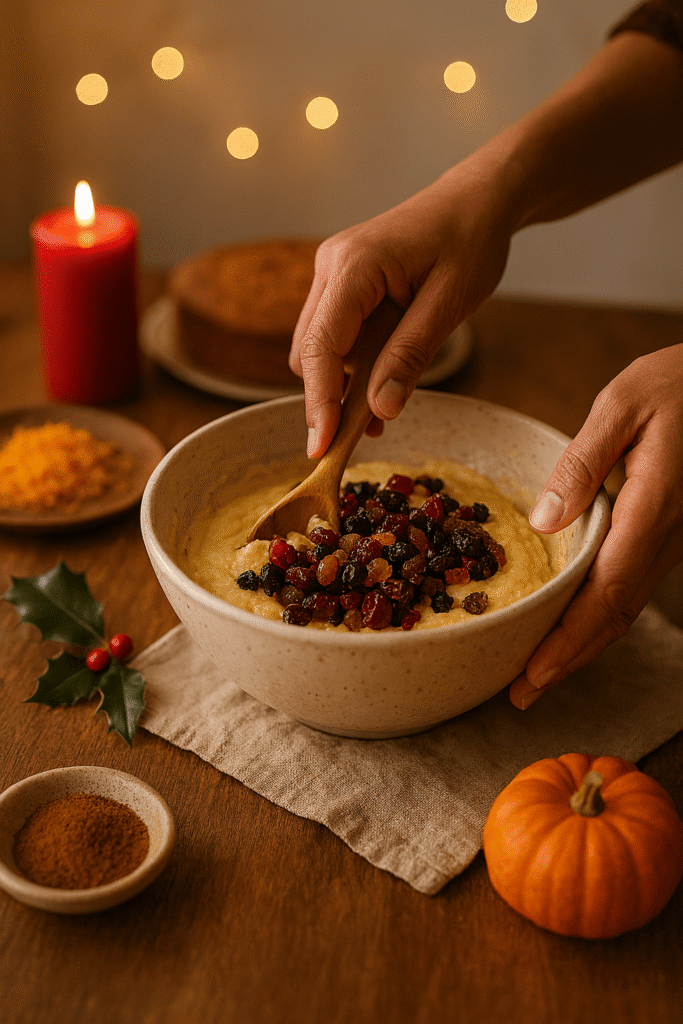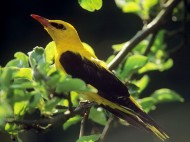A beautiful, coloured bird with striking yellow and jet black plumage and fully black wings was perched on the tree outside my window sill. It had camouflaged so effectively amongst the leaves that it is hard to spot. It has this song that alerts everyone around and can be heard over considerable distances.
The female of the species has dull-looking slightly greener colour. They have dark red eyes and a fairly thick, pink beak that is curved downwards at the end. It is a migratory bird and is mainly found throughout Europe and Western Asia. It is scientifically known as Oriolus kundoo and commonly known as Golden Oriole.

(Image source)
The Golden Oriole, as most oriole watchers who study the bird, will surely agree, is the most frustrating, intelligent, beautiful, characterful, acrobatic, brave, diverse, successful and exciting arboreal passerine there is.
A poem on Gold Oriole
A traditional children’s poem from Holland has been translated by Rob Bijlsma:
Going up the country,
Looking for the oriole–
Summer has arrived again,
When calling starts this songster.
Dudeljo resounds his song
Dudeljo resounds his song
Dudeljo and nothing more.
He lives in oakwood dense–
Clad in golden dress.
Sparks our hearts with happiness,
When yodeling his shawm.
Dudeljo resounds his song
Dudeljo and nothing more.
Golden Oriole’s diet and prey
It eats the most diverse range of invertebrates, from minuscule beetles to large bush crickets, locusts, large hairy caterpillars and worms. They also pluck fruits of the branches.
A number of the prey items on which orioles feed have pest status, making the oriole a welcome bird in many situations.
Indian Golden Oriole
Golden Oriole’s distribution and habitat
Golden Oriole is found across the Palearctic region, from Western Europe to Siberia, in much of Africa, and in Asia from India through Southwest Asia to China and Japan. They are scattered throughout the Philippines, Indonesia and into the Northern Australia and down the east coast. The main four species in addition to Eurasian Golden Oriole are Indian Golden Oriole, African Golden Oriole, Slender-billed Oriole and Black-naped Oriole.
The Golden Oriole (Poyser Monographs)
by Mason, Paul Allsop, Jake has amazing illustrations and photos of Golden Oriole. The cover photo is also good. The book is an interesting read about the Golden Oriole. There are specific chapters dedicated to their habitat in Britain, Europe and North Africa, habitats in other parts of the breeding range, the special case of Kazakhstan.
The authors are the Secretary and Chairman of the Golden Oriole group. They are at the forefront of the successful battle to save the orioles’ last breeding area, Lakenheath in Suffolk, from deforestation. Chapter 2 is specifically dedicated to this, The story of Lakenheath and the Golden Oriole Group.
In the later chapters, there is a great detail of the biology of this beautiful species, their breeding biology, feeding ecology, evolution, migration and conservation.
The Golden Oriole is an absolute must for a bird watcher as the author’s expertise provides you with all the information you could want.
Image source: Independent














February 17, 2016
This is a great capture and amazing facts about this beauty! Loved it!
February 19, 2016
I am glad you liked it. Thank you for stopping by. 🙂
February 19, 2016
These birds are seasonal in my place, we see them a lot during winter and autumn… Such beauties of nature! The pictures and videos you captured goes wonderfully with the post… WIll keep a lookout for them this season.
February 19, 2016
Thank you for your kind words.:)